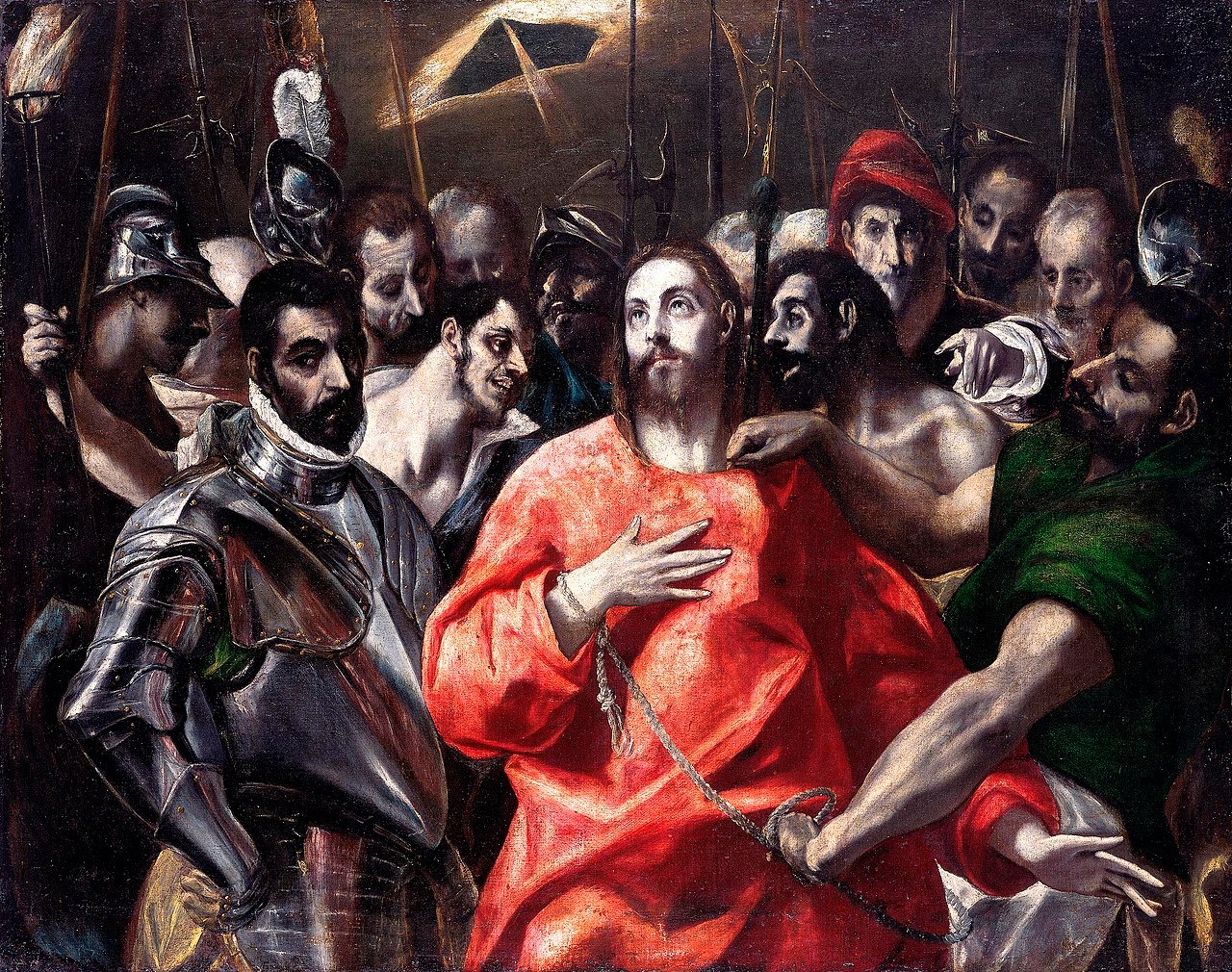


El Greco was a disciple of the Venetian painter Titian and settled in Toledo mid-career, after reinventing his approach several times. Many years after El Greco left this mortal world, another Greek painter moved to Spain. In 1953, Perdikidis Dimitris combined memories of ancient Greek art with elements taken from the great Spanish painters, primarily in an abstract expressionist style. Art has indeed played an important role in bringing Spanish and Greek people closer.

El Greco’s first major commission in what is now Spain included one of his most astonishing achievements: an altarpiece for the church of Santo Domingo el Antiguo, anchored by The Assumption of the Virgin, which this author saw during his recent visit to Toledo. It is in this church that the crypt of the famous son of Crete is located, and a nun from this author’s homeland, India, showed him the same during his visit.
El Greco painted the The Martyrdom of Saint Maurice which can be seen at the Real Monastario de San Lorenzo de El Escorial in Spain, the largest Renaissance building in the world, for King Philip II. But El Greco did not find favor at the court. He found his patrons in the Catholic hierarchy, and, painting in the service of the church, he was touched by the fervor of Spanish piety and mysticism.
According to art curator Katherine Baetjar “El Greco, who is often called a painter’s painter, had in a sense already been “rediscovered” by the artists of the nineteenth century. Delacroix, Millais, and Degas owned examples of his work, Cezanne and Sargent copied him, and Picasso admired him.” He got other projects because of his paintings for Santo Domingo el Antiguo, and by 1588 he had painted The Burial of the Count of Orgaz, the altarpiece regarded as the masterpiece of Spanish Counter-Reformation art depicting The Count of Orgaz, Don Gonzalo Ruiz de Toledo.


The Greek signature El Greco often used on his paintings, “Domenikos Theotokopoulos from Crete made this,” suggests a measure of pride in his Cretan origins and perhaps in the artistic tradition in which he had been raised.

D. Talbot Rice wrote in 1937, “Suggestions as to the Byzantine affinities of much of El Greco’s painting have been put forward by quite many more recent writers on the subject, and the belief that Greco was indebted to the Byzantine world not only for his Greek blood but also to a considerable degree for the nature and character of his art, is now hardly to be disputed.”

The El Greco House Museum is located in the Jewish quarter of Toledo. This museum was established in 1910 by Don Benigno de la Vega-Inclan y Flaquer, the II Marquis of Vega-Inclan. The houses where it has been established were restored by the architect Eladio Laredo. In 1905, the Marquis bought some ruined houses near the Transito Synagogue, aiming to recover a characteristically 16th-century Spanish environment and recreate what might have been El Greco’s house in Toledo. He acquired the so-called houses of the Duchess of Arjona, which were close to the properties of the Marquis of Villena, where El Greco lived.
